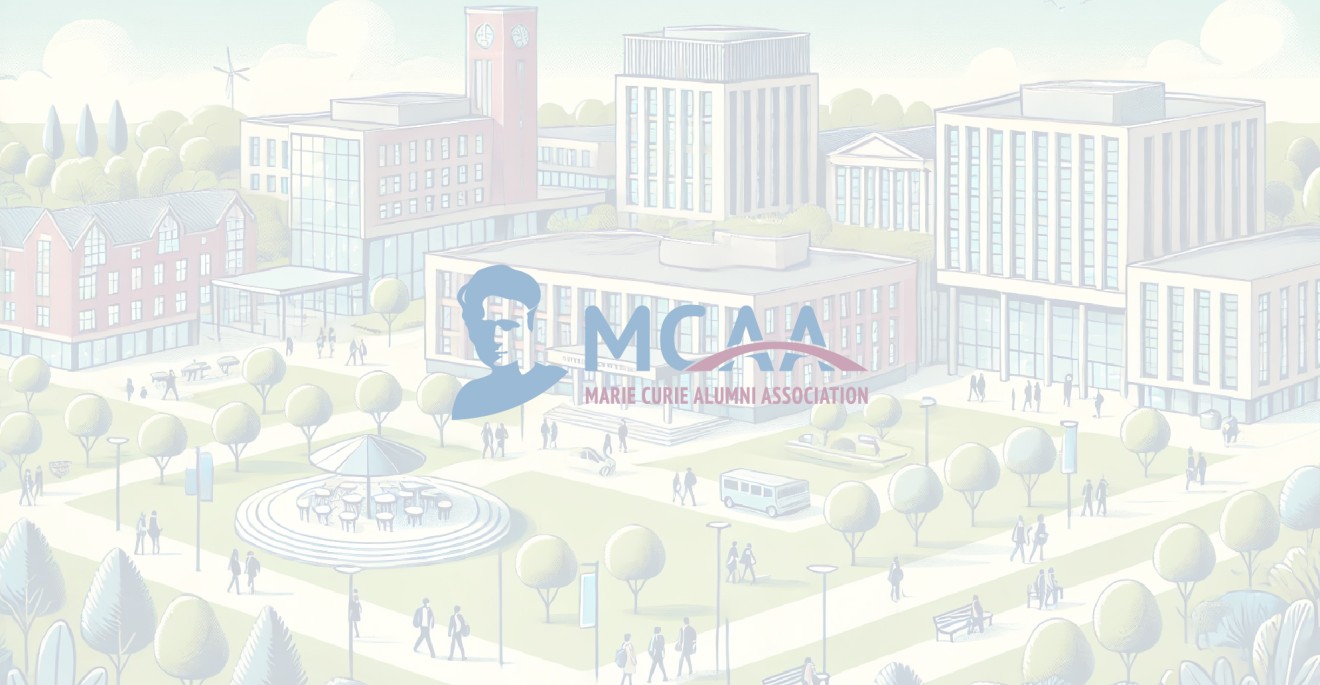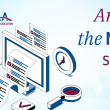the Car is the STAR

When you’re sleepy, stressed or have had a few drinks, you’re not in the best position to drive – or even make that decision. But automated cars could soon make that call for you.
In Europe, more than 25,000 people lose their lives on the road every year, while another 135,000 are seriously injured. The main culprits are speed, alcohol or drug driving, non-use of seat belts, distraction, and fatigue. Europe is the world’s safest region with 49 deaths per million inhabitants, but given that the EU aims to bring road safety deaths down to almost zero by 2050, there is still more to be done.
The type of automated cars on the road today provide steering, brake and acceleration support while the driver is still at the wheel and constantly monitors the driving. These are known as level two on the autonomy scale, but cars could reach up to level five on the six-level scale in the future — becoming a completely driverless car.
However, we are not there yet and we have to take it step-by-step, says Dr Anna Anund from the Swedish National Road and Transport Research Institute (VTI).
She and her team are developing sensor-based systems as part of the ADAS&ME project to move towards level three, in which the driver can rest and would only be expected to drive when the car requests it.
These systems would also automatically transfer control between vehicle and driver to ensure road safety, especially when the driver is sleepy, stressed, distracted or anxious.
‘We want to make sure that we don't give the control back to drivers that are not fit to drive, and also that we can use the automated functionality to take over the control if the driver is not fit to drive,’ said Dr Anund. ‘What we would like to achieve is a safe and acceptable transition in order to avoid severe crashes with people being severely injured or even killed.’
Unfit
A lot of drivers are unfit to drive from the beginning — sometimes they’re fatigued, sometimes they fall asleep as they drive in the middle of the night, sometimes they’re worried, stressed or inattentive, she explains. A driver’s state, but also other factors, such as their health, what road they are driving on, the weather conditions and what time of the day it is, influence driving and increase the risk of crashes.
According to information published by the European Commission, driver fatigue is a major factor in 10%-20% of road crashes. However, because it is hard to measure fatigue or sleepiness, it has received relatively little attention over the years in conjunction with traffic and traffic accidents, says Dr Anund.


